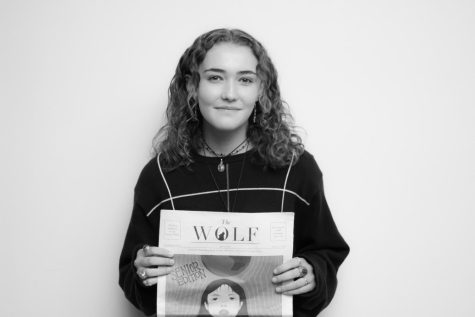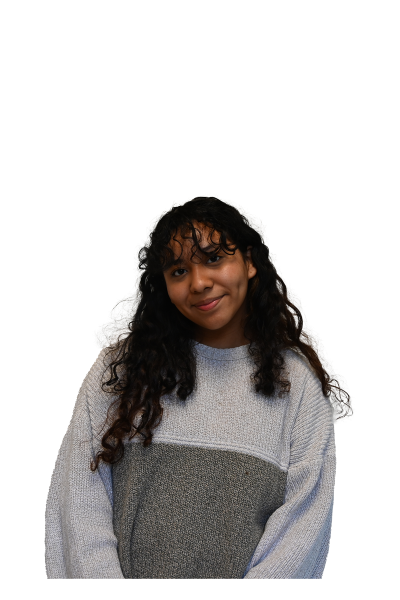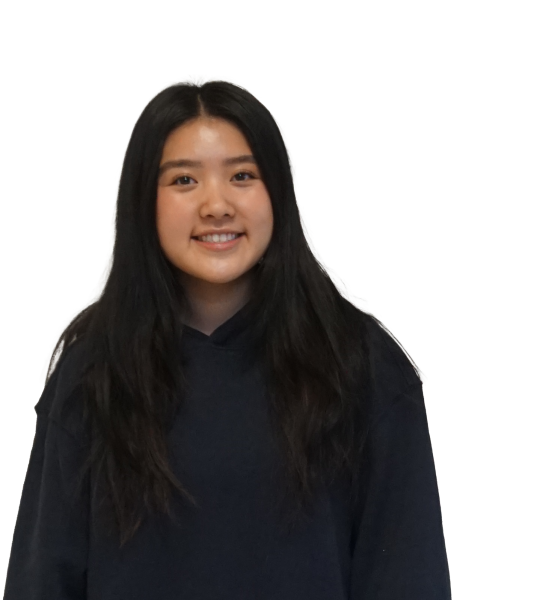The “J” Agenda: Disney v. Laika on pride, representation
April 20, 2020
Warning: This article features mild spoilers for the movies ParaNorman, Avengers: Endgame and Onward. Proceed at your own discretion.
There is little to do with your family during quarantine other than to argue. Of course, seeing as we are a family constructed of three heterosexuals, one bisexual and one homosexual, representation in the media is important to us as a whole. Therefore, it rarely slips past us when a LGBT+ character is mentioned in a major film. However, some moments of ‘representation’ are better than others.
In Avengers: Endgame, Disney truly missed the mark, having an unnamed male character in Steve Rogers’ support group say that, at a recent date, the romantic partners only discussed “My job, his job, how much we missed the Mets.” The slip of the man’s male partner was a ‘blink and you’ll miss it’ moment, but in a laughable rather than representative way. As of 2019, the only LGBT+ character displayed in a Marvel film was an unnamed male with less than 10 seconds of run time.
Meanwhile, in Disney’s Onward, an unnamed female cyclops police officer attempts to comfort her boss in distress due to childcare by stating, “My girlfriend’s daughter got me pulling my hair out.” While still refusing to create a notable LGBT+ character in the most recent Disney film, the comment in this scene not only fit the conversation but also wasn’t what made the character, as she had already been partially established as a badass officer of the law, who also happened to be a cyclops.
With these two Disney films only being released one year apart from one another, the company is making some, though relatively unsubstantial, progress.
However, the Portland-based entertainment company Laika featured its first homosexual character in 2012 with the release of their second ever film, ParaNorman. When turning down a female character’s request to go on a date at the resolution of the movie, secondary protagonist Mitch responded, “You’re gonna love my boyfriend. He’s, like, a total chick flick nut.” Not only was Mitch an established character throughout the entire film, thus making it difficult, if not impossible, to remove him in the final cut for less accepting viewers; he had a name! He had a name and a boyfriend? In 2012? Three whole years before same-sex marriage was legalized in the United States?
Even I can admit that that is wildly, and comfortingly, progressive.
Nonetheless, I am a cynic with time on her hands, and thus the familial argument began: have either of these film companies truly represented the LGBT+ community within their films, or are these mentions of homosexuality simply a ploy for publicity?
Art and Technology major at the University of Oregon (and my eldest brother) Kyle Nelson argues that the fact that Laika displayed a homosexual character years before same-sex marriage was legalized in the nation makes their normalization of the LGBT+ community far more revolutionary than any of Disney’s later references, but, I must note that, since the release of ParaNorman, no LGBT+ character of any sort has been featured in a Laika film.
Although my entire family agrees that we must “take the little victories,” Kyle Nelson is insistent that I deserve a big victory, and ParaNorman certainly features a larger ‘victory’ than either of the aforementioned Disney films. However, as soon as we began questioning whether or not Disney was inserting snippets of homosexual dialogue in order to reach a broader audience, and thus earn more money, I personally was forced to question Laika’s motives as well.
Laika was still a relatively obscure production company when ParaNorman came out; did they perhaps include a reference to homosexuality in the final moments of the family-friendly animation to represent a silenced community, or to startle the public into recognizing their work?
It’s unclear what their intentions were, to be honest; Laika’s Coraline was already making waves as the most terrifying children’s film of the modern era, thus making it unclear whether or not their secondary film required a publicity boost from a controversial character choice, but I can not come to a conclusion on their reason for toeing the line between giving the closeted youth confidence and appealing to the heteronormative nature of the media at the time.
Disney, with its larger audience, definitely has more of an opportunity and a viewership to normalize the portrayal of the LGBT+ community in the media as any other character rather than the ‘gay one,’ but as of now there has been minimal effort to do so, and these baby steps are beginning to become frustrating for the queer youth simply looking for a reflection of their own selves in the princesses and warriors they grew up viewing. Why did I deserve to wait until I was old enough to log into Netflix on my own before I saw my own struggles in a female character, and why was their sexuality their entire personality?
ParaNorman established an important character’s personality before their homosexuality, Onward established a minor character’s sexuality without their story, and Avengers: Endgame established an insignificant character’s sexuality with little to no story or personality. All of these films featured a queer character in one way or another, but none of them were movies about a queer character, and therefore, more must be done to represent the community in family-friendly animation.
Kyle and I definitely agree on one of his voiced sentiments, though: “At this rate, hopefully my kids’ kids will get to see an actual gay character in an animated movie some day.”








